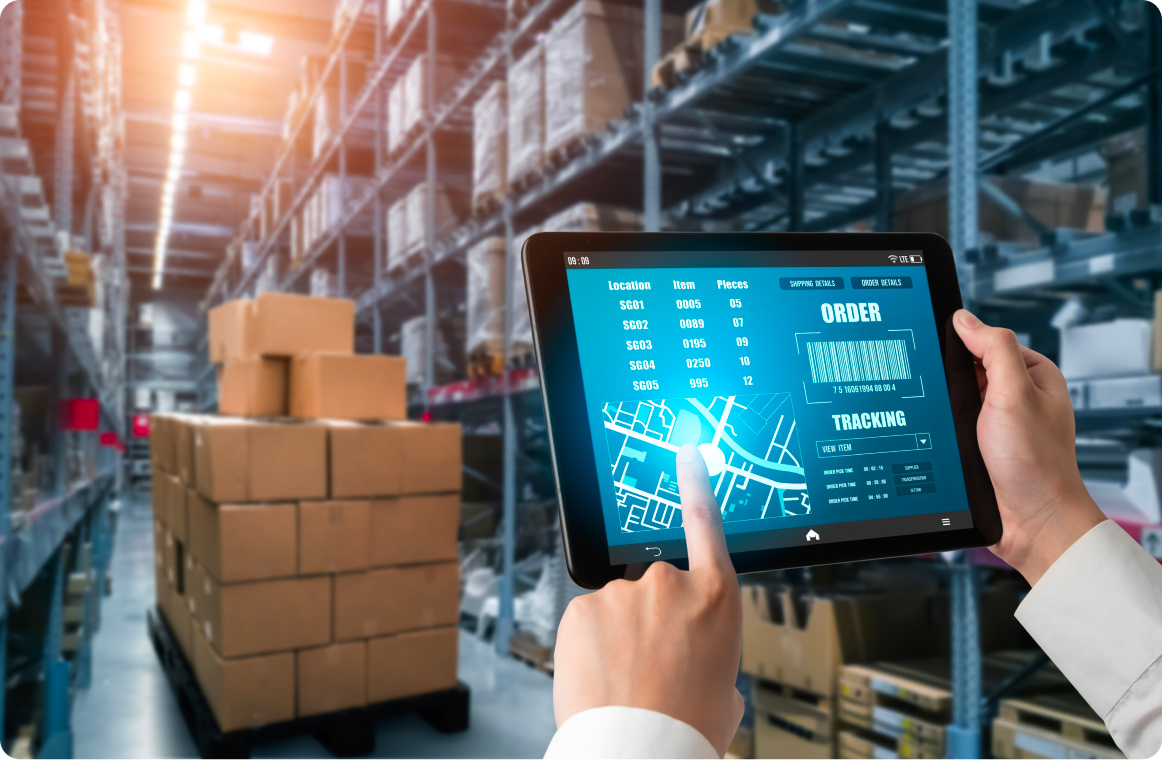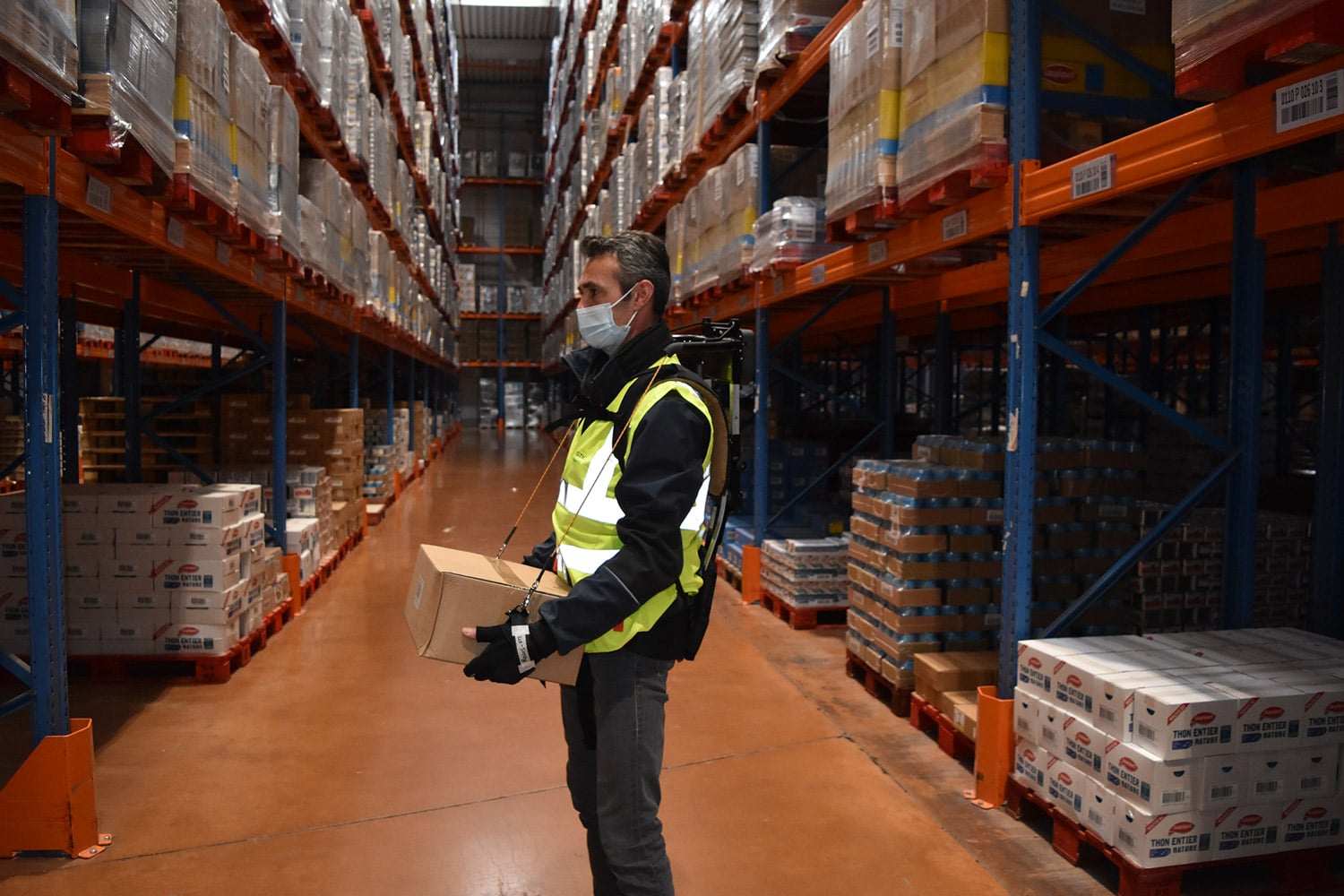Complex supply chains need intelligent pilots at the helm
Supply chains are becoming more complex due to the multitude of participants involved. Manufacturers, retailers and supply chain specialists are now reliant on sophisticated digital solutions to manage the numerous interactions between them. The most sophisticated versions of these systems are control towers, which facilitate building a resilient supply chain.
According to a recent report (1) by IMARC Group, the global control towers market grew at a Compound Annual Growth Rate (CAGR) of around 15%, between 2015 and 2020, and the same strong growth is expected over the following five years.
COVID-19 has escalated the demand for real-time workflow solutions, which can better predict disruptions and optimize the core logistics functions. Moreover, the pandemic has reinforced the use of omnichannel, increased e-commerce in general, and boosted opportunities for manufacturers to sell directly to consumers. The resilient supply chain control towers respond precisely to these needs and maintain a competitive edge in the market. In the longer run, this is anticipated to fuel the market growth.
Visibility is fundamental to a high-performing supply chain
How the Control Towers meet the increasing demand of customer’s expectations
Hurdles to overcome for efficiency of supply chain
The solution is known and obviously requires funding to be implemented. But, this is rarely a major barrier for arriving at a supply chain control tower solution. The numerous advantages mean that a return on investment is guaranteed. Given the advantages and the competitive pressure, why is it so difficult to make the changes required?
One reason is that the decision required to transition is not taken by one organisation. It is a question of making complex changes as part of a multi-enterprise business network of suppliers, distributors, logisticians and customers. Each one uses their own systems for purchasing, enterprise resource planning (ERP), warehouse management systems (WMS), transportation management system (TMS), CRMs and e-commerce solutions.
In addition, the various players are developing at a different pace, to provide end-to-end visibility, in comparison to one another. Their level of supply chain digitisation is not the same. To create the end-to-end visibility and process alignment required means implementing a technical solution that can deal with this wide variety of technical readiness.
On a more human level, the various partners need to have confidence in each other. Sharing operating data is the basis of visibility. There must be true transparency with highly reliable reporting at each connection within the supply chain.
Assuming these hurdles are overcome, there remains the question of updating the systems and implementing the control tower solution. The idea of interrupting business and disrupting the existing order management systems, even for a very short period, is sensitive to the extreme.
Creating value from data with Control Tower
Through the implementation of supply chain control tower solutions, logisticians are truly creating value from data. Leveraging this data is crucial for companies to maintain a competitive advantage, retain customers and grow their revenue.
What next?
In future, there will be smart control towers that manage and monitor an entirely networked, digitised and resilient supply chain in real time. These control towers will offer unimagined possibilities with RFID and satellite technology, geodata, image and voice recognition, big data, artificial intelligence, machine learning, predictive maintenance and much more.



